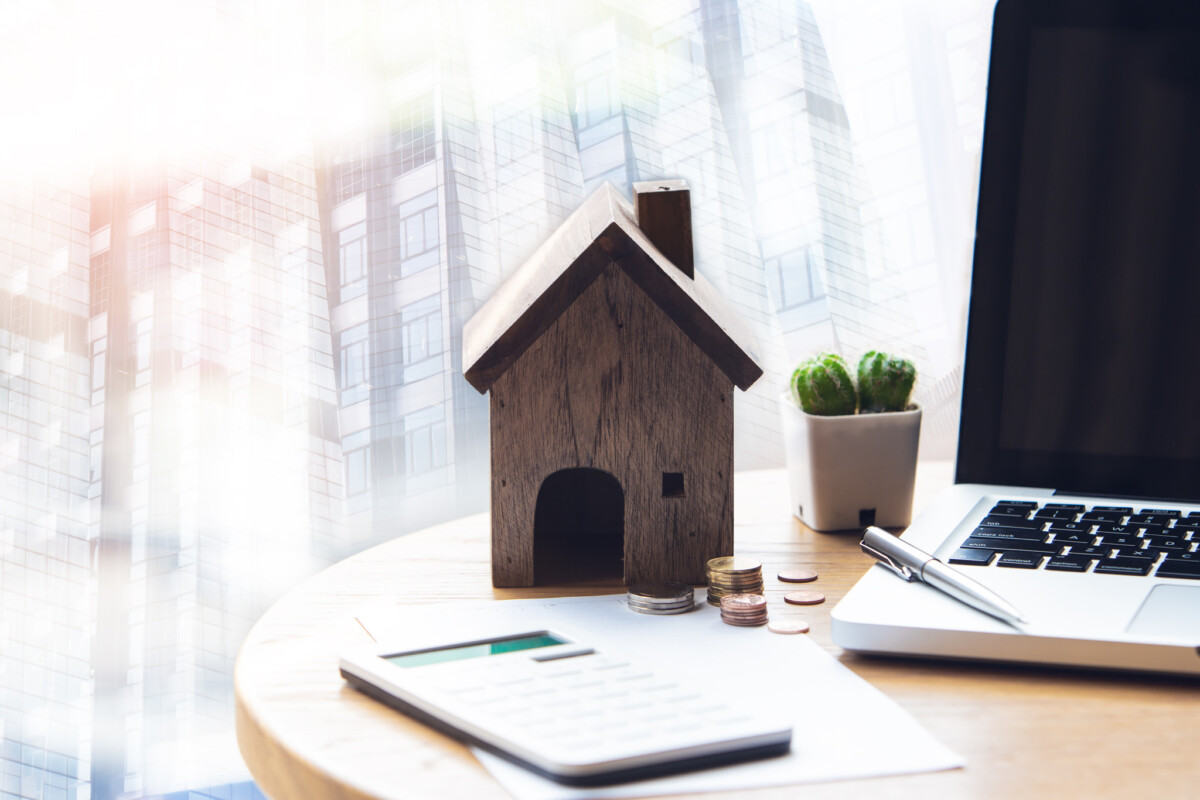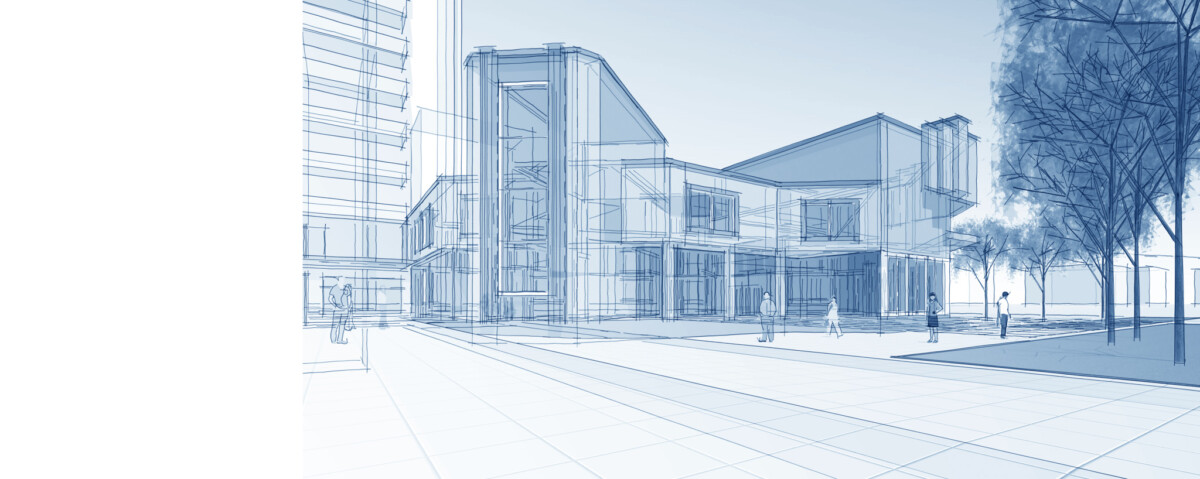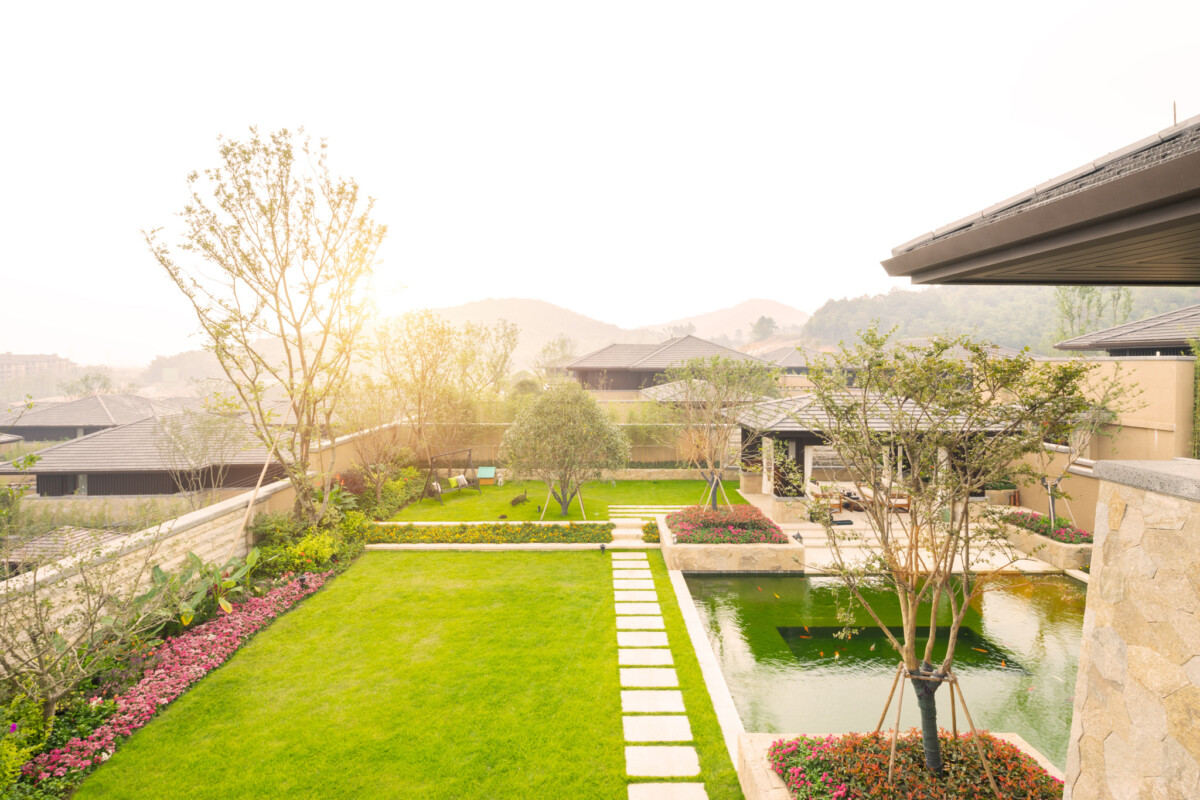Indoor outdoor living has become a defining trend in home design, particularly in regions that enjoy temperate climates. What began as a luxury concept—large glass doors opening onto manicured patios—has evolved into a lifestyle choice focused on health, sustainability, entertainment, and spatial harmony. In 2025, indoor-outdoor living is no longer just about aesthetics; it’s about blending wellness, nature, and functionality into everyday living. Below is a deep dive into the indoor-outdoor living trends shaping modern homes today.
1. Blurring the Line Between Indoors and Outdoors
One of the most notable trends is the seamless transition between interior and exterior spaces. Homeowners and designers are eliminating the physical and visual barriers that once separated inside from outside.
- Sliding and Folding Glass Doors: Oversized bi-fold or sliding glass walls are now a staple in modern homes, enabling entire rooms to open to outdoor patios or decks.
- Level Flooring: Matching flooring materials, like porcelain tiles or polished concrete, indoors and outdoors helps create a continuous look.
- Open-Concept Floor Plans: Indoor-outdoor living often begins with open floor layouts that guide the eye and foot traffic from inside the kitchen or living room directly to the backyard, terrace, or pool area.
2. Outdoor Kitchens and Dining Areas
The outdoor kitchen is no longer a simple grill and cooler. In 2025, homeowners invest in complete culinary setups outside, often as sophisticated as their indoor counterparts.
- Smart Appliances: Weather-resistant innovative grills, wine coolers, pizza ovens, and dishwashers are common in high-end outdoor kitchens.
- Custom Cabinetry: Designers use marine-grade stainless steel or weatherproof wood cabinetry to offer storage solutions that match the interior design.
- Dining Spaces: Built-in benches, fire pit seating areas, and full-sized dining tables with covered pergolas provide year-round dining options.
3. Year-Round Usability Through Climate Control
Homeowners invest in comfort-oriented features to make outdoor spaces usable in all seasons.
- Heating and Cooling Elements: Ceiling fans, misters, fire pits, and infrared heaters keep outdoor areas functional during summer heatwaves and winter chills.
- Retractable Awnings and Pergolas: Adjustable covers allow control over sunlight exposure and protection from rain.
- Four-Season Rooms: Also known as sunrooms or enclosed patios, these glass-walled spaces provide the experience of being outside while offering shelter from the elements.
4. Eco-Friendly and Sustainable Materials
Sustainability is at the forefront of design, and indoor-outdoor spaces are no exception.
- Reclaimed Wood and Composite Decking: These eco-conscious materials are popular for decks and outdoor furniture because of their durability and low maintenance.
- Permeable Pavers: These are used in walkways and patios to reduce runoff and support natural water absorption into the ground.
- Solar Lighting: From path lights to string bulbs, solar-powered lighting enhances ambiance and cuts energy use.
5. Smart Technology Integration
Tech-savvy homeowners are embracing automation to control and monitor their indoor-outdoor environments.
- Smart Irrigation Systems: Automated sprinkler systems use weather forecasts and soil sensors to optimize watering.
- Lighting Control: Smart bulbs and motion sensors adjust brightness and hue based on the time of day or activity.
- Audio and Entertainment Systems: Wireless speakers, projectors, and even outdoor TVs are integrated seamlessly for movie nights or music-filled gatherings.
6. Biophilic Design and Natural Elements
Biophilic design, which focuses on connecting people with nature, is a growing influence in architecture and interior design.
- Living Walls and Vertical Gardens: Green walls add beauty and improve air quality, functioning as privacy screens or natural dividers.
- Indoor Gardens and Planters: Bringing plants indoors — especially tropicals and herbs — helps blur the boundary between indoor and outdoor environments.
- Natural Materials: Wood beams, stone finishes, rattan furniture, and woven textiles give spaces a grounded, organic feel.
7. Outdoor Wellness Retreats
Wellness is a major driver in home improvement, and outdoor areas are transformed into sanctuaries for rest and rejuvenation.
- Yoga and Meditation Zones: Quiet corners with shade, privacy fencing, and minimal distractions are ideal for wellness routines.
- Spa Features: Hot tubs, plunge pools, and outdoor saunas are becoming more popular, especially with self-care at the forefront.
- Natural Pools: These chlorine-free pools use plants and biofiltration systems to purify water, offering a more natural swimming experience.
8. Multifunctional Spaces
With the rise of remote work and hybrid lifestyles, outdoor spaces are evolving into multipurpose environments.
- Outdoor Offices: Garden studios, sheds, and shaded nooks outfitted with Wi-Fi extenders, solar panels, and ergonomic furniture serve as work-from-home escapes.
- Play and Study Zones for Kids: Covered patios double as outdoor classrooms or art studios.
- Pet-Friendly Spaces: Dog-friendly turf, built-in water stations, and shaded lounging zones cater to furry family members.
9. Privacy-Focused Designs
Privacy remains a concern for many urban and suburban homeowners looking to create their private oasis.
- Green Fencing: Hedges, bamboo screens, or tall planter boxes offer natural privacy.
- Partition Walls: Wood slats, frosted glass dividers, or sculptural screens can create enclosed-feeling nooks.
- Soundproofing Elements: Water features, tall vegetation, and acoustic panels help mask street noise or neighbors.
10. Design Personalization
Homeowners emphasize customizing their indoor-outdoor living spaces to reflect their personality and lifestyle.
- Color Palettes: Warm earth tones, terracotta, deep greens, and ocean blues dominate in 2025, connecting interiors with the natural world.
- Themed Zones: Moroccan lounges, tropical tiki corners, or Mediterranean-inspired courtyards are tailored to a homeowner’s travel interests or cultural background.
- Art and Decor: Sculptures, outdoor rugs, tapestries, and curated lighting transform outdoor areas into expressive, gallery-like extensions of the home.
Final Thoughts
Indoor-outdoor living in 2025 is about integrating interior comforts with nature’s healing and inspiring aspects. Whether you have a sprawling backyard or a small balcony, the goal is to create spaces that invite relaxation, connection, and sustainability. As this trend continues to evolve, expect technology, biophilia, and personalization to push the boundaries of how we experience home. The future is not just about living inside four walls but about expanding our lifestyle into the open air all year.
Thank you for reading! If you enjoyed this article and want to explore more content on similar topics, check out our other blogs at Sonic Loans, Sonic Realty, and Sonic Title. We have a wealth of information designed to help you navigate the world of real estate and finance. Happy reading!
Are you looking for the right loan? Check out Sonic Loans for tailored mortgage solutions that make home financing simple and efficient.
How to Improve Your Credit Score Before Applying for a Mortgage
FHA vs. Conventional Loans: What’s Best for First-Time Buyers?
Digital Property Management Solutions: The Future of Real Estate Efficiency
Virtual Reality in Property Marketing: The Future of Real Estate
PropTech Trends Shaping Real Estate
AI in Real Estate: Current Applications
Blockchain in Real Estate: Future Applications
Smart Home Features Worth Installing
Allen Park vs. Garden City: Where to Invest in 2025










